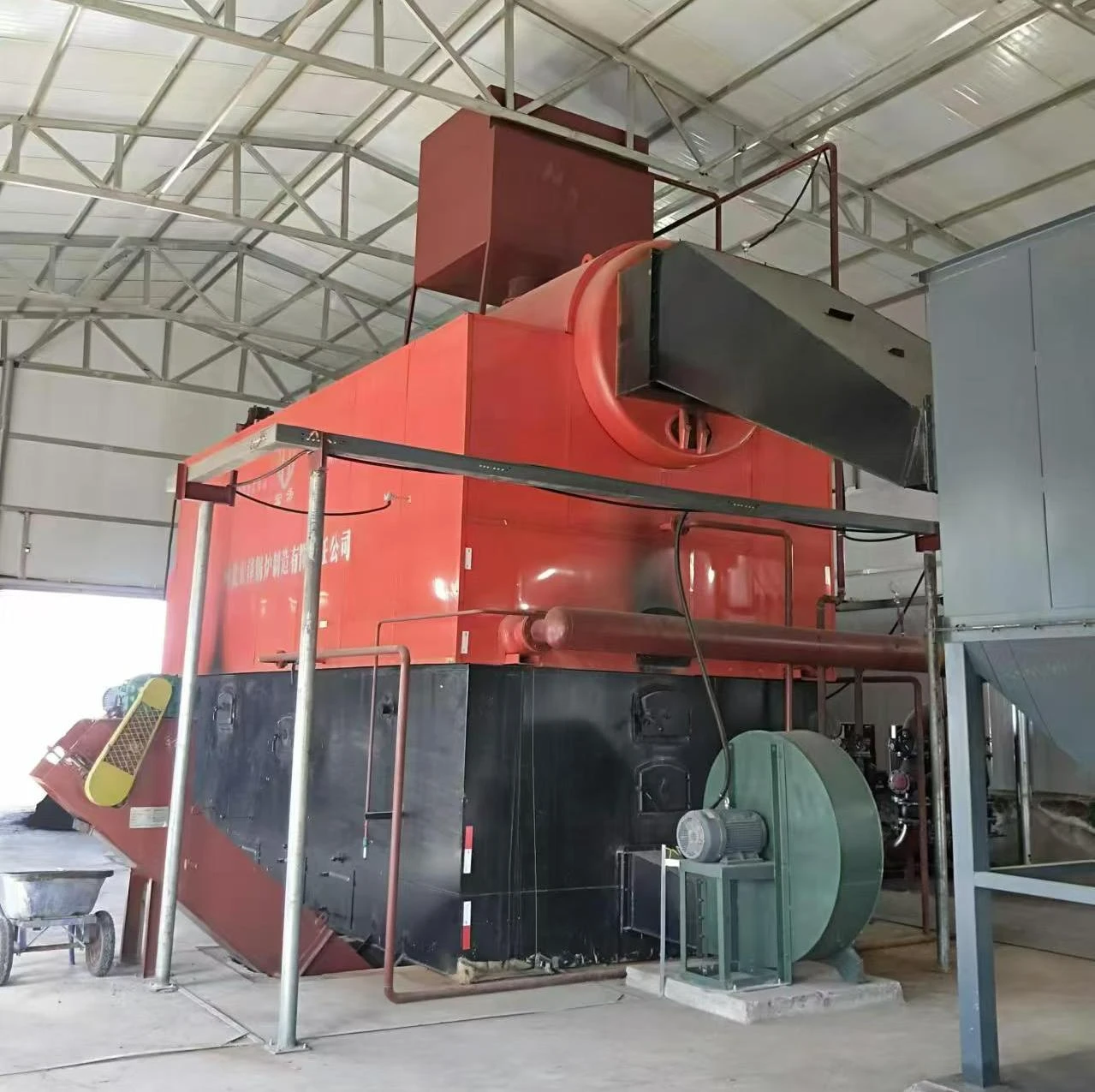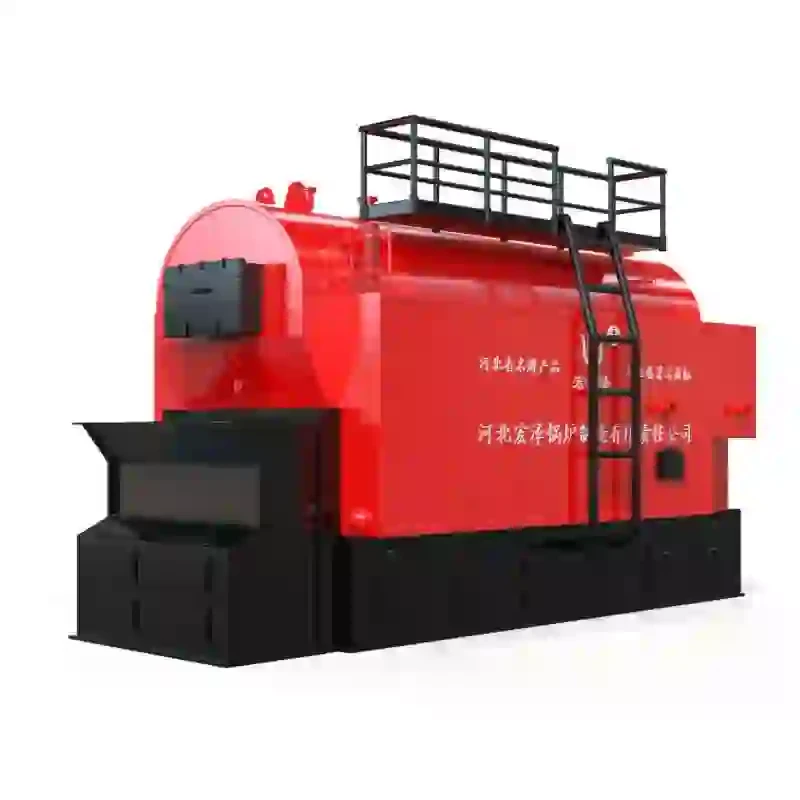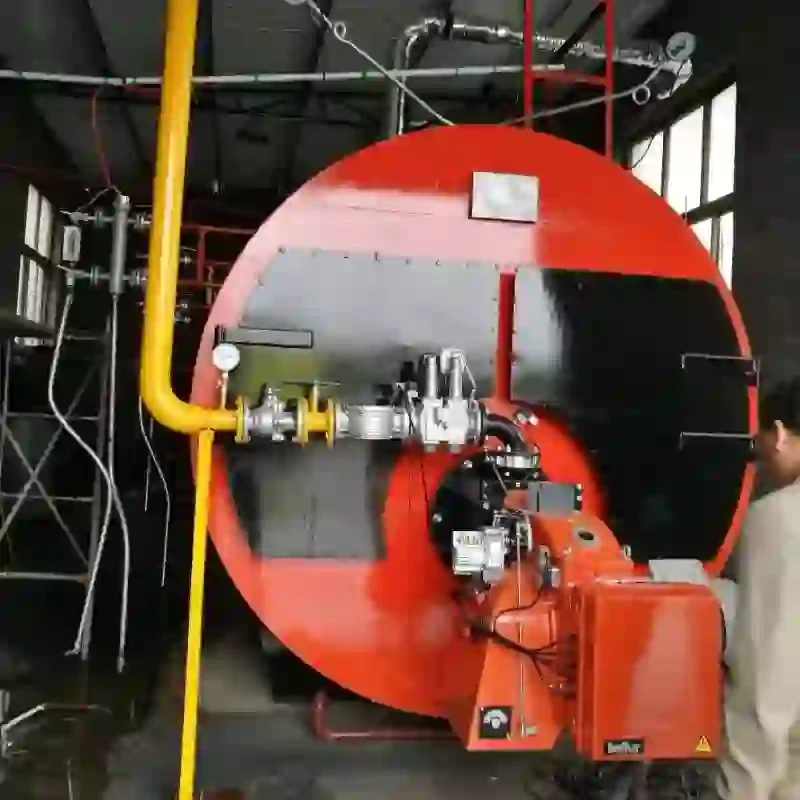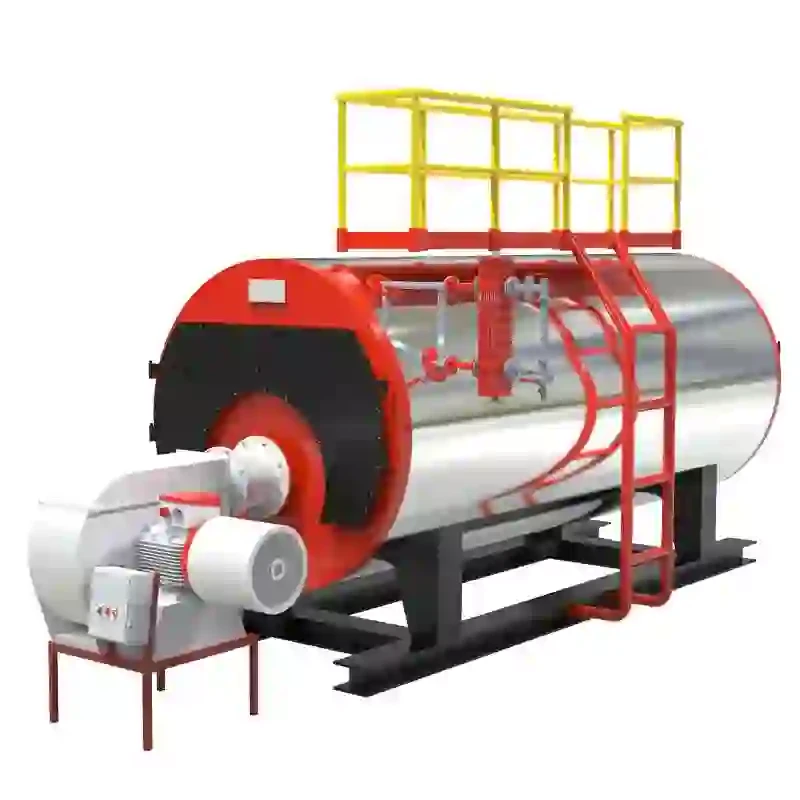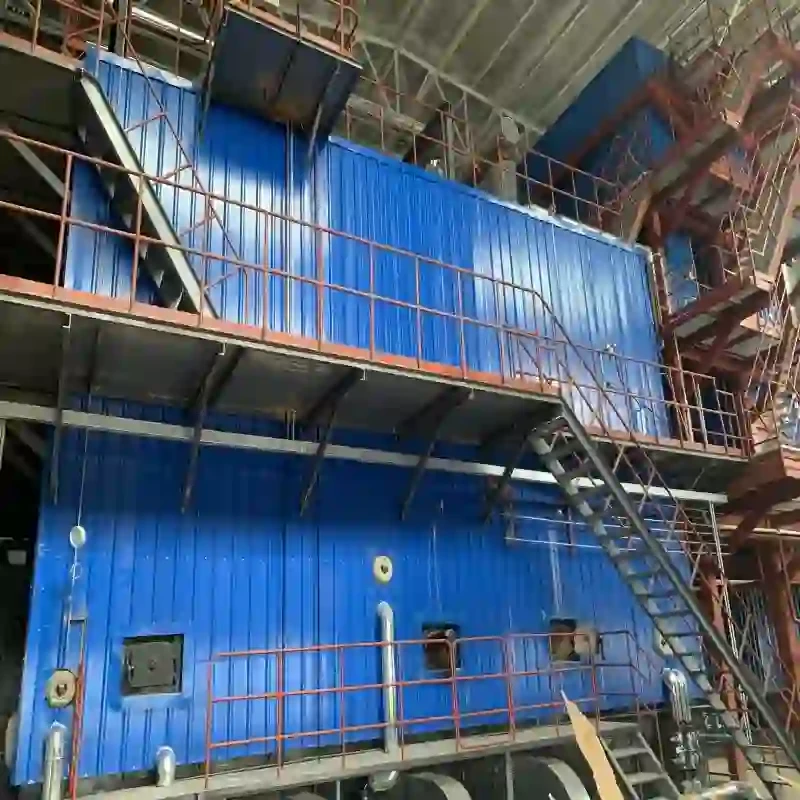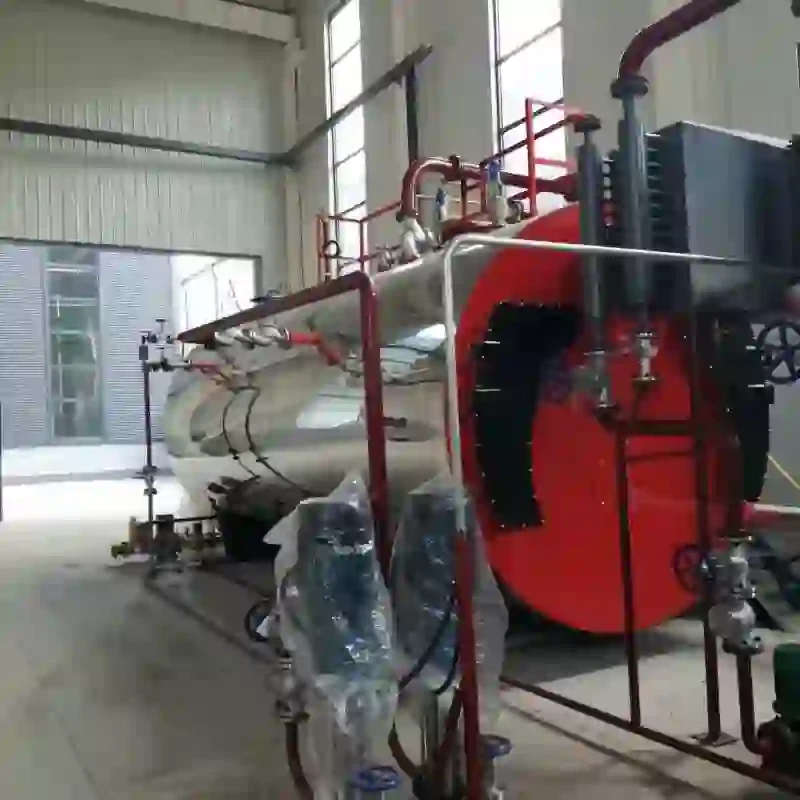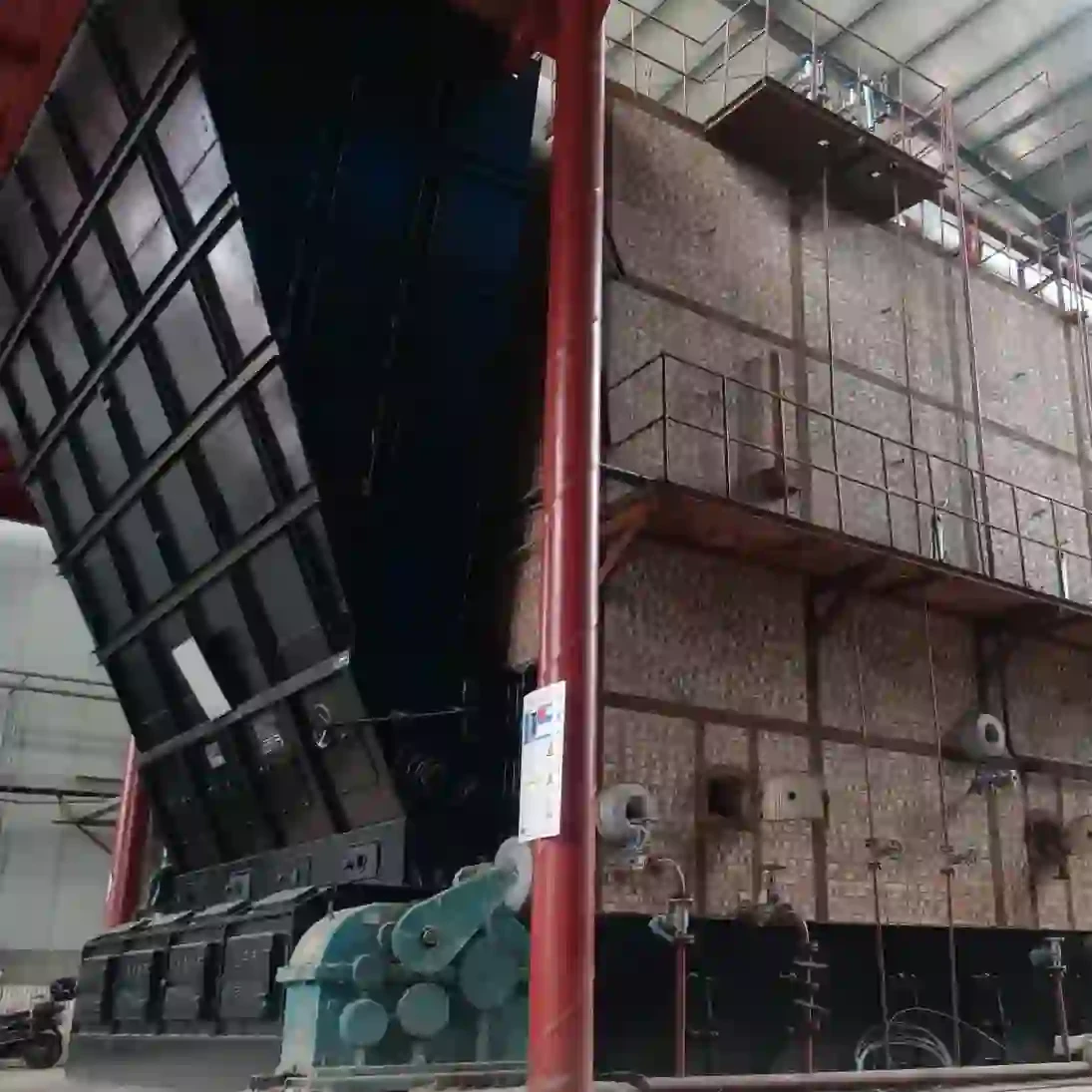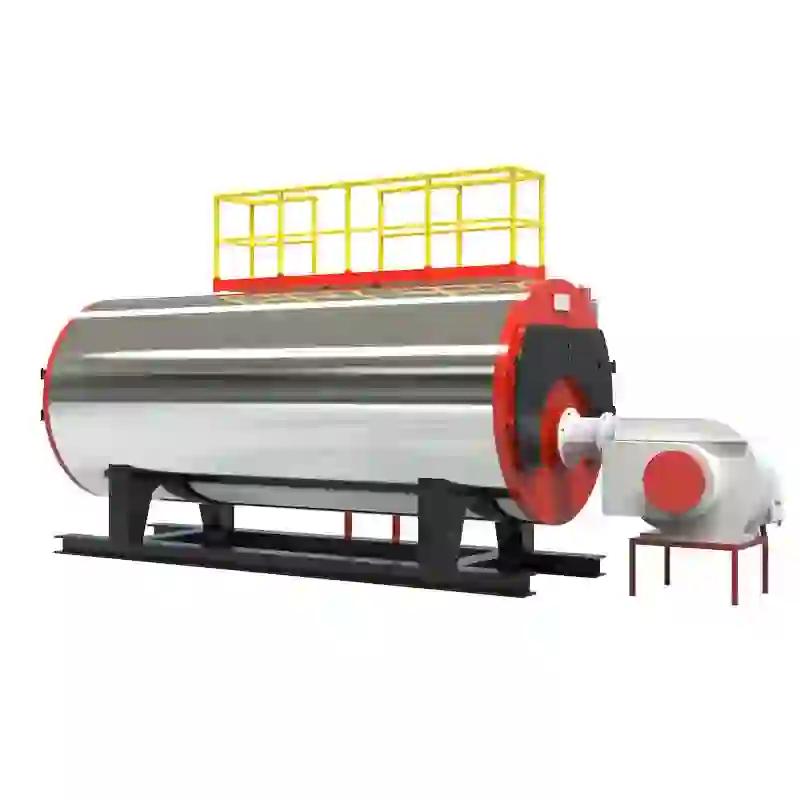
Juli . 28, 2025 13:01 Back to list
High-Efficiency Biomass Fired Hot Water Boiler for Industrial Use
Biomass fired hot water boiler systems are revolutionizing industrial and commercial heating globally by providing energy-efficient, eco-friendly, and cost-effective solutions. In this comprehensive technical guide, we explore the latest industry trends and compare biomass fired hot water boilers to conventional coal fired steam boilers, coal steam boilers, and other hot water heater technologies, focusing on technical parameters, application scenarios, manufacturing processes, and case studies with third-party validation.
Industry Landscape: Biomass & Coal-fired Boiler Market (2024 Update)
The global biomass fired boiler market has grown at a CAGR of 6.3% from 2017 to 2023, reaching an estimated value of $10.7 billion in 2023 (Ref: GrandViewResearch 2024). The drivers include carbon neutrality, rising fuel costs, and stringent environmental standards such as ISO 14001.
- Biomass fired hot water boilers: Gaining traction for district heating, industrial process heat, hospitals, greenhouses, and food processing plants.
- Coal fired steam boilers: Still dominant in heavy industries due to robust steam output but facing decline due to emissions.
- Advanced manufacturing methods—CNC machining, precision forging, and non-destructive testing—ensure high durability and efficiency.
Technical Specification Table: Biomass vs. Coal-fired Boilers
| Parameter | Biomass Fired Hot Water Boiler | Coal Fired Steam Boiler | Coal Fired Hot Water Heater | Coal Fired Water Tube Boiler | Coal Fired Thermal Oil Boiler |
|---|---|---|---|---|---|
| Heat Output | 0.7–29 MW | 1–40 t/h steam | 0.35–21 MW | 2–75 t/h steam | 105–1.2x107 kcal/h |
| Thermal Efficiency | 88%–92% | 78%–87% | 80%–85% | 82%–89% | 75%–82% |
| Fuel Type | Wood chips, wood pellet, bagasse, rice husk, straw | Bituminous coal, anthracite | Coal | Coal | Coal, bitumen |
| NOx/SOx Emissions* | <150 mg/m3 | 200–350 mg/m3 | 190–311 mg/m3 | 160–330 mg/m3 | 250–400 mg/m3 |
| Pressure Range | 0.7–1.25 MPa | 0.7–2.5 MPa | 0.7–1.0 MPa | 1.25–3.82 MPa | ≤1.0 MPa |
| Operation Mode | Automatic, PLC Controlled | Manual/Auto | Simple Auto | Semi-auto/Auto | Manual/Auto |
| Fuel Handling | Automatic conveying & feeding | Manual/Stoker | Manual/Stoker | Grate/Stoker | Manual/Auto |
| Corrosion Resistance | High (Inconel, corten steel) | Moderate | Moderate | Moderate to High | Moderate |
| Lifetime (years) | 18–25 | 11–18 | 12–17 | 15–20 | 10–15 |
| ISO/ANSI Standards | ISO 9001:2015, ISO 14001, EN12952 | GB/ASME/ISO | GB/ISO | ASME/GB/EN | ASME |
* Data tested per ISO 8178, EN 303-5:2012

Manufacturing Process Flow: Biomass Fired Hot Water Boiler
- 1. Raw Material Inspection – Alloy steel (Q245R/16MnR/SA516), corten, Inconel. Certified per ISO 9001:2015.
- 2. Sheet Cutting & Forming – Automated plasma/LASER cutting ensures ±0.2mm tolerance.
- 3. CNC Machining & Drilling – For headers, tubes; accuracy per EN12952/ASME BPVC.
- 4. Welding & Assembly – SAW, TIG welding by certified technicians (ANSI/AWS D1.1).
- 5. NDT & Hydro-Testing – X-ray, ultrasonic, magnetic particle (per ASME/ISO).
- 6. Surface Treatment – Anti-corrosion coatings: epoxy-zinc, ceramic, hot-dip galvanization.
- 7. PLC System Integration – Smart controls, remote I/O per IEC 61131-3.
- 8. Packaging & Shipment – Export-grade, anti-corrosive packaging per GB/T 13384.
Key Quality Standards: ISO 9001, ISO 14001, EN12952, ASME, ANSI. Each biomass fired hot water boiler undergoes 21-step QC checks and >125% pressure hydrotest.
Technical Advantages of Biomass Fired Hot Water Boilers
- High Efficiency Design: Patented water tube or shell design with multi-pass flue, ensures up to 92% combustion efficiency.
- Corrosion & Abrasion Resistance: Inconel/corten alloys, anti-corrosion liners, and ceramic-coated fireboxes extend life to 25 years.
- Modular Automation: PLC + IoT for real-time monitoring, optimizing both fuel input and emission.
- Quick Installation: Skid-mounted and pre-assembled formats, reduce onsite time up to 70%, minimizing downtime.
- Ultra-low Emissions: Multi-cyclone dust separator, wet or SCR desulfurization technology, ensures compliance with ISO 14001 & EU EcoDesign.

Parameter Trend Analysis: Efficiency vs. Emission Comparison
Source: ISO/EN lab test (2024, see details below)
Market Share (2023): Boiler Types
Source: IEA 2023, BoilerWorld 2024
Industry Application Scenarios
- Chemical/Petrochemical: Process heating, absorption chillers, hazardous waste incineration systems.
- District & Residential Heating: Urban networks, campus and hospital heating plants with fast, demand-driven hot water supply.
- Metallurgy & Mining: Hot water supply for electro-plating, pickling tanks, annealing, and ore concentration processes.
- Food & Beverage Plants: Pasteurization, hot water washing, cooking, and CIP (clean-in-place) systems.
- Textile & Paper Mills: Pulp washing, dyeing, drying, and sizing with continuous hot water demand.
- Greenhouse & Agriculture: Supplemental heating for optimal crop yield, hydroponics, and seedling houses.
- Water Supply/Drainage Engineering: Biological treatment, anti-freeze heating in large pump stations.
Top Global Manufacturers: Biomass & Coal Boiler Solutions
| Manufacturer | Model/Series | Key Technology | Certifications | Rated Output | Warranty |
|---|---|---|---|---|---|
| HZSTEAM | SZL/DZL/ZWNS | Modular water-tube, PLC/IoT integration, patent cyclone separator | ISO 9001, CE, EN 12952, ASME | 0.7–29 MW | 24 months/Long-life parts |
| Viessmann (DE) | Vitoflex 300-P | Vertical water tube, hydrothermal coupling, digital burner | EN 303-5, ISO 14001 | 0.67–13 MW | 18 months |
| Hurst Boiler (US) | STAG/MultiPASS | Multi-fuel flexibility, auto feeding, chain grate | ASME, ISO 9001 | 1.5–30 MW | 12 months |
| Taishan Group (CN) | DZH/SZL/WNS | Large firebox, double-drum, microcomputer control | GB, ISO, CE | 1–35 MW | 12–18 months |
Customized Boiler Solutions & Delivery Cycle
- Design & Sizing: Engineering team analyzes load, flow, ΔT, and emission target, selecting between single or modular systems.
- Fuel Adaptation: Hopper, feeder, and combustion system options: stoker, reciprocating grate, multi-fuel flexibility.
- Smart Controls: PLC touch panel, cloud monitoring, GSM alarms, integration with plant BMS systems.
- Production Lead Time: Standard stock units: 15–28 days. Custom projects: 34–65 working days, incl. FAT/simulation.
- Logistics & Onsite: International ocean freight, heavy lift transport, and modular onsite erection, 3–7 days.
- Commissioning & Training: ISO/OSHA-compliant training, remote and onsite support (24/7 hotline).
Warranty & After-sales: All biomass fired hot water boiler units supplied with minimum 2-year warranty, lifetime technical support, and free spare parts for the first year.
Application Case Studies & Client Feedback
-
Food Processing Plant (Vietnam, 2023):
Replaced 2 legacy coal fired hot water heaters with a biomass fired hot water boiler (7 MW). Result: Thermal efficiency rose by 9.5%, fuel costs dropped 37%, annual CO2 emissions reduced by 2,400 tons. -
District Hospital (Poland, 2022):
2 x 3.5 MW biomass fired hot water boiler installation. Remote PLC control enabled 24/7 operation, zero hot water downtime for 14 months. Compliance with EN 303-5:2012. -
Greenhouse Agriculture (Ukraine, 2021):
Displaced coal steam boiler with 1.4 MW biomass solution. Crop yield increased 11%, energy bill shrank 31%, achieved ISO 14001 certification. -
Textile Factory (Pakistan, 2023):
Shift from coal fired water tube boiler to 6MW hybrid, meeting both steam and hot water needs. Emissions cut by 54% (NOx/SOx).
Customer Feedback: “System integration and emission levels exceeded our government’s EcoDesign directive. Support was highly responsive.” — End User, EU District Heating Operator (2022)
Professional FAQ: Biomass Boiler Engineering
- 1. What major materials are used in biomass fired hot water boiler construction?
- Pressure-bearing parts use alloy steel (Q245R/SA516) for shells and Inconel/corten alloy for parts exposed to corrosive flue gases, certified by ISO 9001/14001.
- 2. What is the difference between coal fired steam boiler & coal fired hot water heater?
- Steam boilers provide high-pressure steam; hot water heaters offer lower-pressure hot water. Steam units require more robust pressure components and safety features (e.g., ASME BPVC Section I compliance).
- 3. How are water tube boilers different from fire tube designs?
- Water tube: water runs in tubes heated externally by combustion gases (e.g., SZL/DZL series). Fire tube: hot gases pass through tubes running through a water-filled shell. Water tube units handle higher pressure and output.
- 4. What ISO/EN testing standards do biomass fired hot water boilers follow?
- ISO 9001 (Quality), ISO 14001 (Environment), EN 12952 (Water-tube boilers), and EN 303-5 (Heating boilers for solid fuels).
- 5. Can the system be remotely controlled and monitored?
- Yes. Advanced PLC (IEC 61131) and SCADA integrate with cloud dashboards, allow remote diagnostics, automatic alerts, and energy reporting.
- 6. What is the expected lifetime and maintenance cycle?
- Properly maintained, lifetimes reach 18–25 years. Annual inspection/interlock testing required by CE/ASME. HZSTEAM provides spare parts and digital O&M manuals.
- 7. Are biomass fuel options interchangeable?
- Yes, with proper feeder and combustion upgrades, most models burn wood chips, pellets, straw, rice husk, and bagasse. Fuel moisture <20% preferred for optimal efficiency.
Conclusion: Towards a Clean, Efficient Boiler Future
Biomass fired hot water boilers are now an essential tool for energy transition in process industries, urban heating, and renewable energy strategies. Combining certified quality (ISO/ASME/EN) with robust after-sales and IoT automation, leading manufacturers deliver measurable efficiency and decarbonization. As global standards tighten and fuel price volatility continues, investing in modern biomass fired hot water boiler solutions can yield long-term economic and environmental benefits, outperforming legacy coal fired steam boilers.
References:
- Grand View Research – Biomass Boiler Market Size, Analysis (2024)
- IEA – Renewables Report 2023
- BoilerWorld, Vol. 10 No. 2, 2024 – Latest Global Boiler Trends
- European Biomass Industry Association – Biomass Heating and Boiler Systems
- International Journal of Thermal Sciences – “Comparative Emission Study of Biomass and Coal Fired Water Heating Systems” (2022)
Share
Prev:
This is the first article
Latest News
-
High Efficiency Coal Fired Hot Water Boiler for Reliable Heating
NewsJul.28,2025
-
High Efficiency Coal Fired Thermal Oil Boiler for Industrial Heating
NewsJul.26,2025
-
High Efficiency Coal Fired Thermal Oil Boiler for Industrial Heating
NewsJul.25,2025
-
High-Efficiency Biomass Fired Steam Boiler for Industrial Use
NewsJul.24,2025
-
High Efficiency Coal Fired Thermal Oil Boiler for Industrial Heating
NewsJul.23,2025
Related PRODUCTS
Copyright © 2025 HEBEI HONGZE BOILER MANUFACTURING CO., LTD. All Rights Reserved. Sitemap | Privacy Policy






